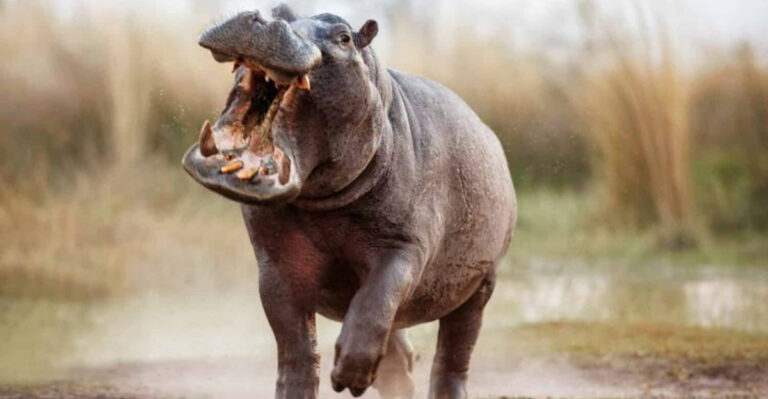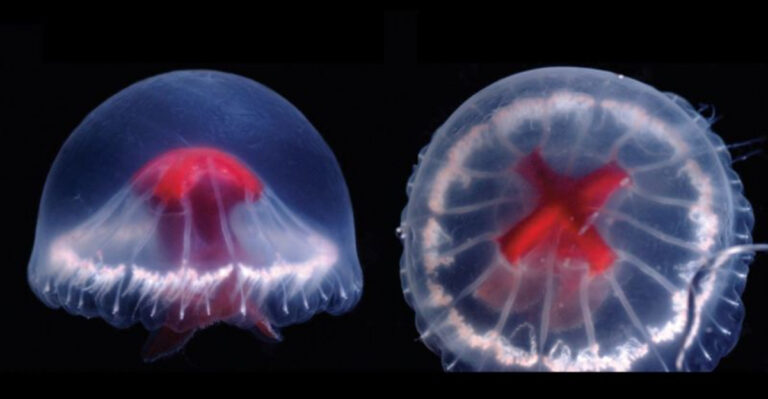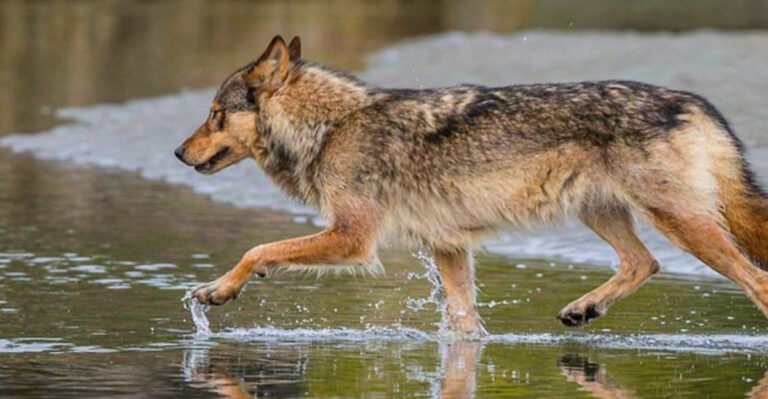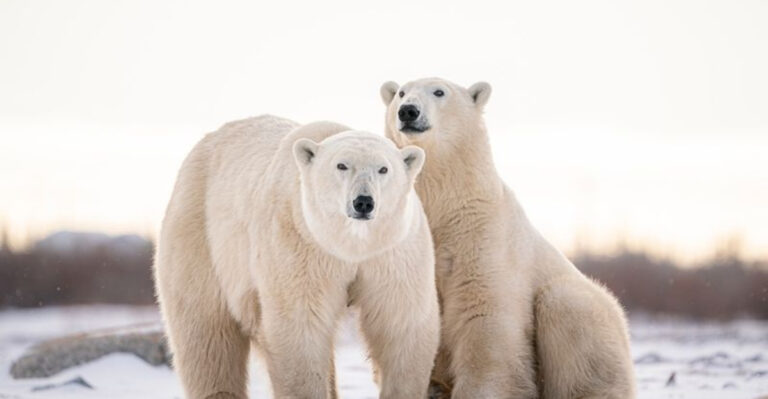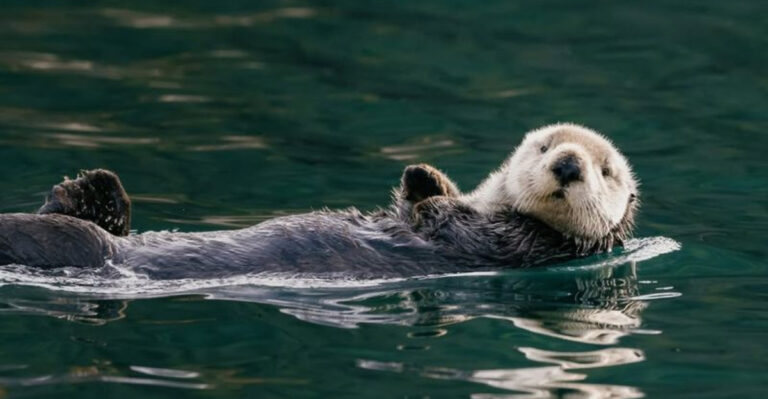The Fish That Eats Wood And What Makes It Possible
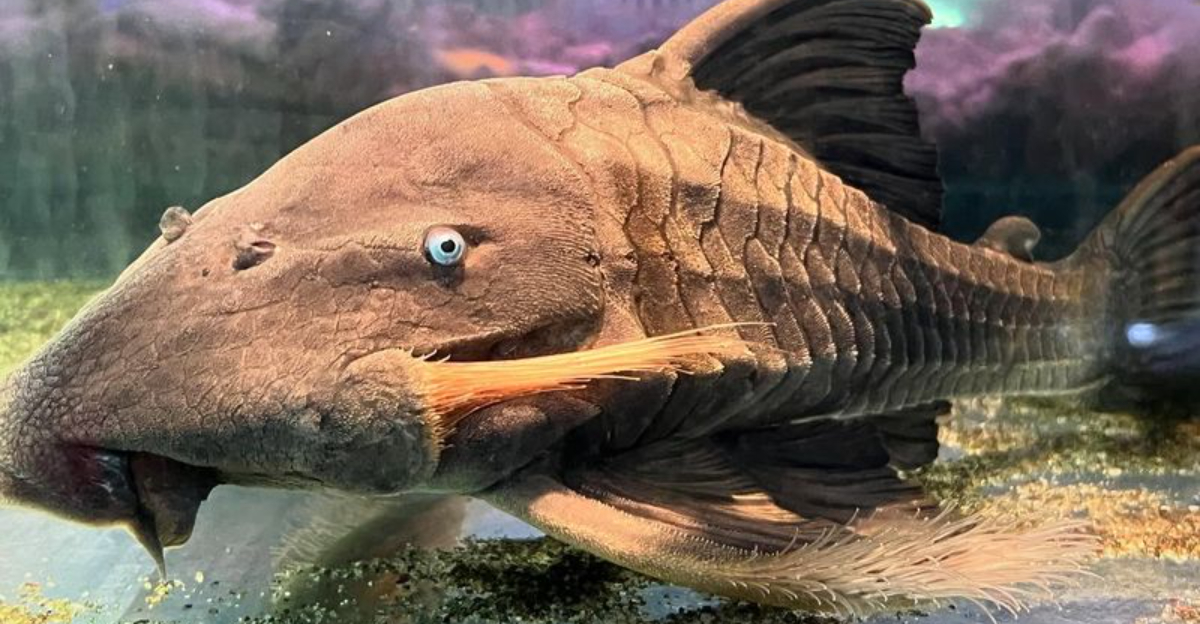
Ever wonder what happens to fallen trees that end up in rivers? Nature has a surprising cleanup crew! A unique fish species can actually digest wood – something most animals can’t do.
This remarkable adaptation helps recycle nutrients in river ecosystems and represents one of nature’s most unusual digestive specialties.
1. Found In South American Rivers
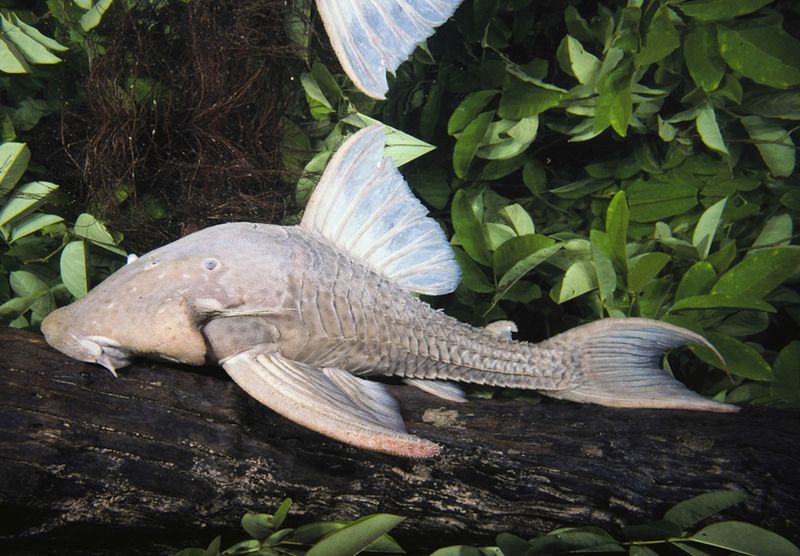
Nestled in the murky waters of the Amazon and Orinoco river basins, these wood-munching fish thrive where fallen trees are plentiful. Their natural habitat features submerged logs and branches that wash into waterways during rainy seasons.
Local fishermen often spot them around underwater deadwood collections, creating their own ecological niche.
2. Known As The Pacu Catfish
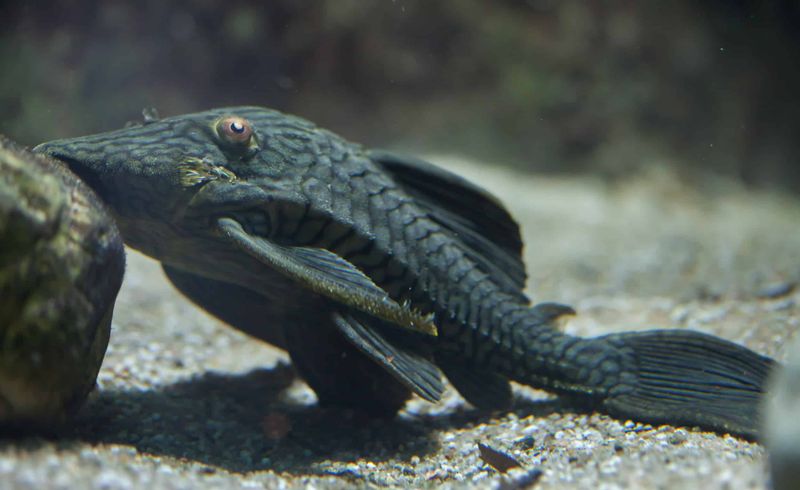
Scientifically called Panaque nigrolineatus, this fish belongs to the armored catfish family. Unlike its scavenging cousins, the Pacu sports specialized mouth parts specifically evolved for wood processing.
Their distinctive body shape includes a flattened underside that helps them cling to logs while feeding. Many aquarium enthusiasts nickname them “wood-eaters” or “Royal Plecos.”
3. Uses Special Teeth For Scraping

Mother Nature equipped these underwater carpenters with teeth resembling tiny chisels! Their spoon-shaped teeth constantly grow and self-sharpen as they rasp against woody surfaces.
The teeth contain manganese compounds that strengthen them for tackling tough materials. When feeding, they leave distinctive scrape marks on logs that look like miniature excavation sites.
4. Feeds On Submerged Wood

Imagine having tree trunks for breakfast! These extraordinary fish actually prefer waterlogged wood as their main course. They target softer, partially decomposed sections first where fungi and bacteria have already begun breaking down tough fibers.
A single fish can process several grams of wood daily, gradually sculpting elaborate patterns into submerged branches.
5. Has A Gut Full Of Microbes
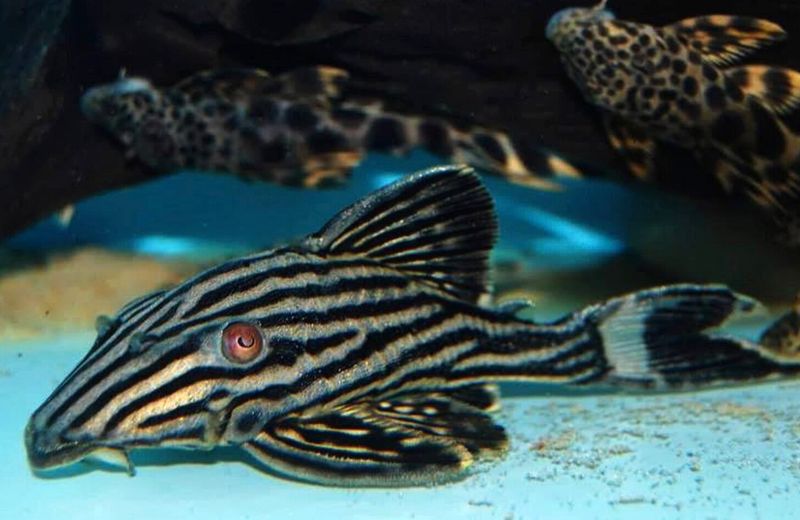
Talk about a crowded stomach! Inside these fish live millions of specialized bacteria and microorganisms forming a complex digestive community. This internal ecosystem works together like a miniature wood processing factory.
Scientists have identified over 85 different microbial species in their digestive tracts. Some microbes handle cellulose while others tackle lignin, the toughest component in wood.
6. Breaks Down Cellulose Efficiently

Cellulose – the stubborn plant fiber that gives wood its strength – meets its match in these fish! Their digestive system produces enzymes called cellulases that shatter these complex molecules into digestible sugars.
This rare ability places them among a select few vertebrates with this superpower. Most animals need help from microbes, but these fish have partly evolved their own cellulose-busting capabilities.
7. Doesn’t Rely On Stomach Acid
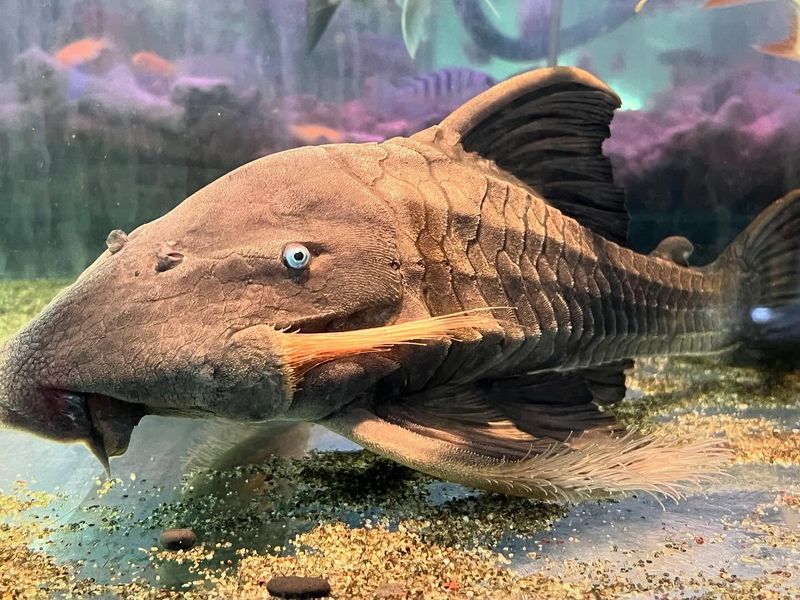
Forget the burning stomach acid other animals use! These wood-eaters take a gentler approach to digestion. Their intestinal pH stays nearly neutral, creating perfect conditions for their specialized microbes to thrive.
This unusual digestive strategy differs dramatically from most vertebrates. Their gut environment resembles a carefully maintained fermentation chamber rather than the typical acidic stomach.
8. Digestion Takes Several Days
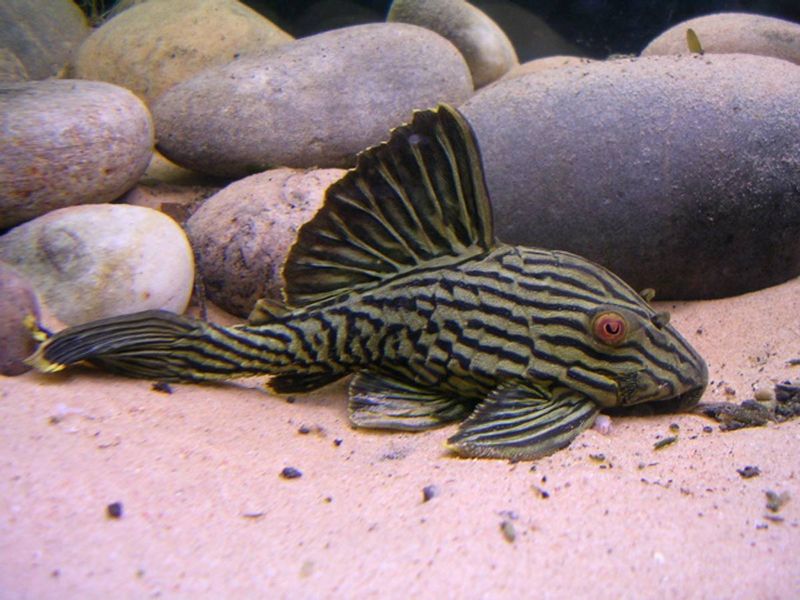
Patience is key when wood is on the menu! These remarkable fish must hold food in their digestive tract for up to 5 days – much longer than typical fish meals.
This extended processing time allows their specialized gut bacteria to fully break down tough wood fibers. Their intestines are specially elongated and coiled to accommodate this slow-motion digestive marathon.
9. Similar To How Termites Eat Wood

Evolutionary paths have crossed in fascinating ways! These fish developed wood-eating abilities remarkably similar to termites despite being separated by millions of years of evolution.
Both rely on specialized gut microbes and modified mouthparts for processing wood. This phenomenon, called convergent evolution, shows how different animals can independently develop similar solutions to the same challenge.
10. Plays A Role In River Ecosystems

Nature’s underwater recyclers transform dead trees into vital nutrients! By processing fallen wood, these fish release trapped carbon and nutrients back into the water, feeding algae and aquatic plants.
Their constant scraping creates microhabitats for other organisms. Small aquatic creatures colonize the grooves and channels these fish carve into submerged logs, creating biodiversity hotspots throughout river systems.
11. Doesn’t Harm Living Trees
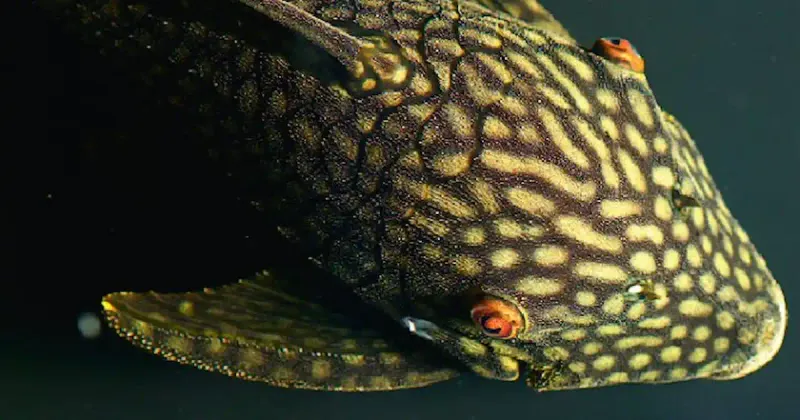
No need to worry about these fish attacking your boat or dock! They exclusively target dead, waterlogged wood rather than living trees or wooden structures.
Their feeding preference for partially decomposed wood means they’re actually helping clean up river systems. Think of them as nature’s underwater cleanup crew, specializing in processing material that would otherwise take decades to break down naturally.
12. Not Dangerous To Humans
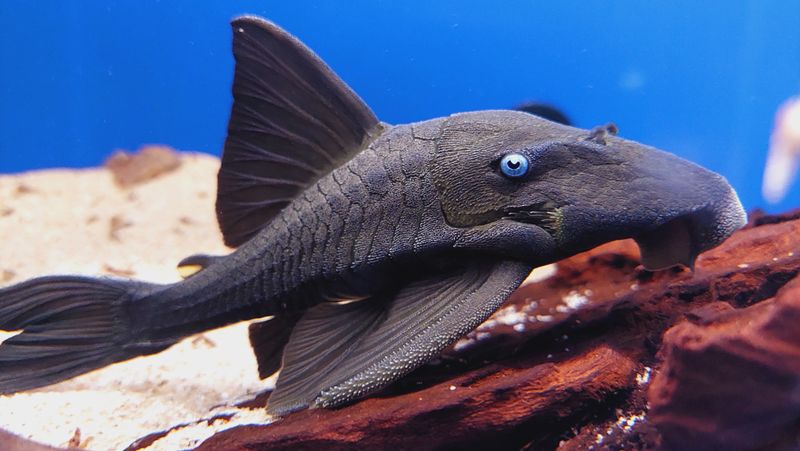
Despite their unusual diet and specialized teeth, these fish pose zero threat to swimmers or fishermen. Their peaceful nature and focus on wood processing makes them completely harmless to people.
Some indigenous communities even consider them good luck when spotted during fishing expeditions. Their distinctive scraping sounds can sometimes be heard by divers exploring submerged forest areas in their native habitats.

